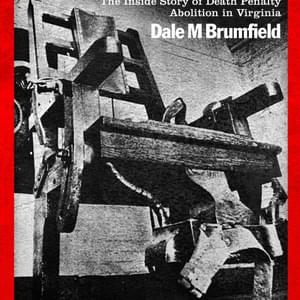
Through the lens of a 1927 murder and the ensuing trials of three suspects, An Evil Day in Georgia examines the death penalty system in Prohibition-era Georgia. James Hugh Moss, a black man, and Clifford Thompson, a white man, both from Tennessee, were accused of the murder of store owner Coleman Osborn in rural north Georgia. Thought to be involved in the illegal interstate trade of alcohol, they were tried, convicted, and sentenced to death on circumstantial evidence within a month of the murder. Thompson’s wife, Eula Mae Elrod, was tried, convicted, and sentenced to death the following year, but was released in 1936 after her case gained notoriety in the press. “Moss, Thompson, and Elrod…were almost classic examples of perceived social outsiders or rebels who ran afoul of a judicial system not designed to protect them but to weed them out and discourage others who might think about challenging the system,” author Robert N. Smith says. “Moreover, all three trials were held in circumstances where local tensions ran so high that conviction was virtually assured.” John Bessler, author of Cruel and Unusual: The American Death Penalty and the Founders’ Eighth Amendment, said, “In An Evil Day in Georgia, author Robert Smith raises lingering questions about the guilt of two men — one white and one black — executed for a murder in the Deep South in the 1920s.… The telling of this story, one that played out in the Jim Crow era and the days of bootlegging and the Ku Klux Klan, exposes the death penalty’s imperfections even as it calls into question the veracity of a woman’s confession, later recanted, that once brought her within a stone’s throw of the state’s electric chair.”
(R. Smith, “An Evil Day In Georgia,” The University of Tennessee Press, 2015.) See Books and History of the Death Penalty.
Books
Mar 08, 2023

BOOKS: “Crossing the River Styx: The Memoir of a Death Row Chaplain”
History of the Death Penalty
Nov 07, 2022

